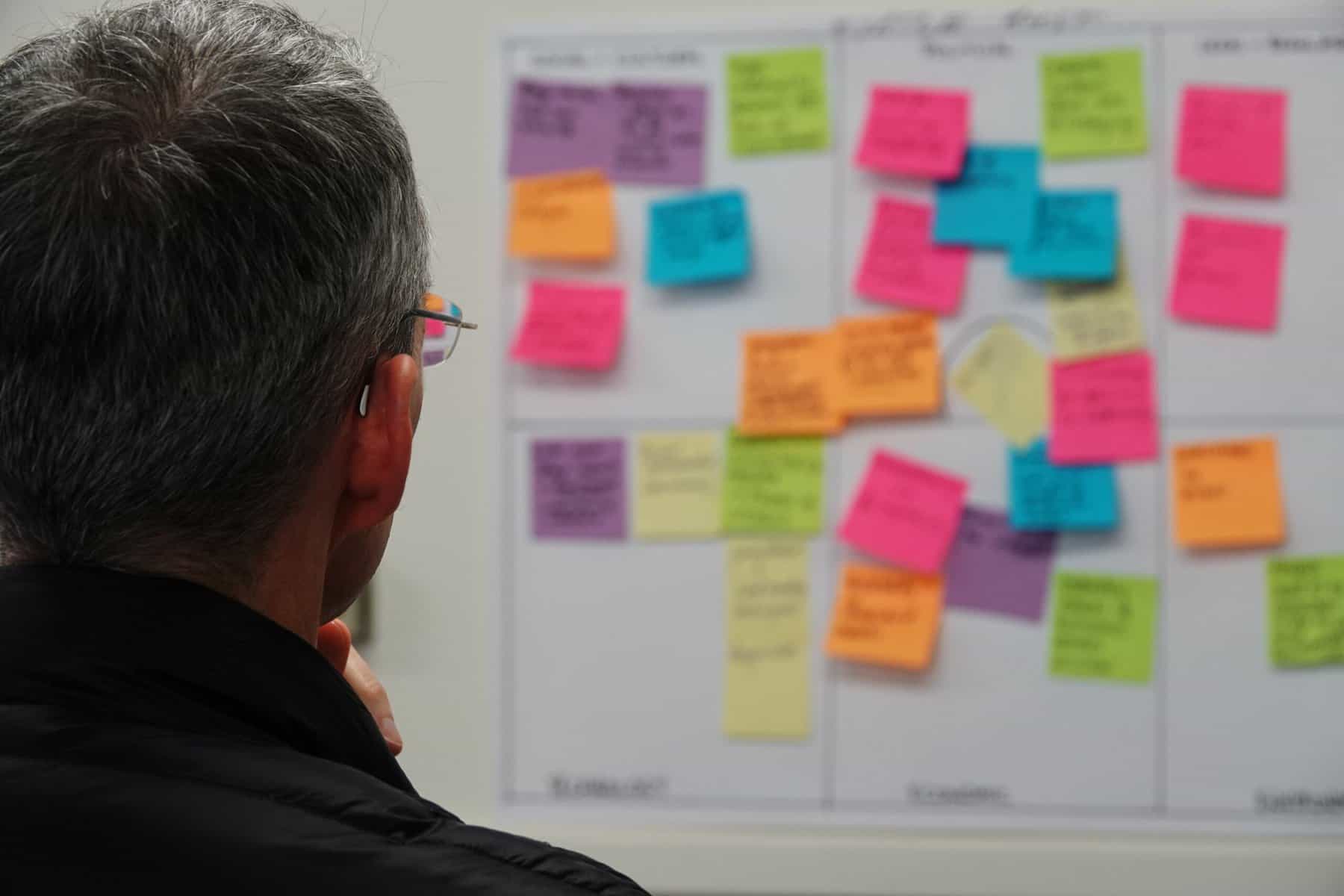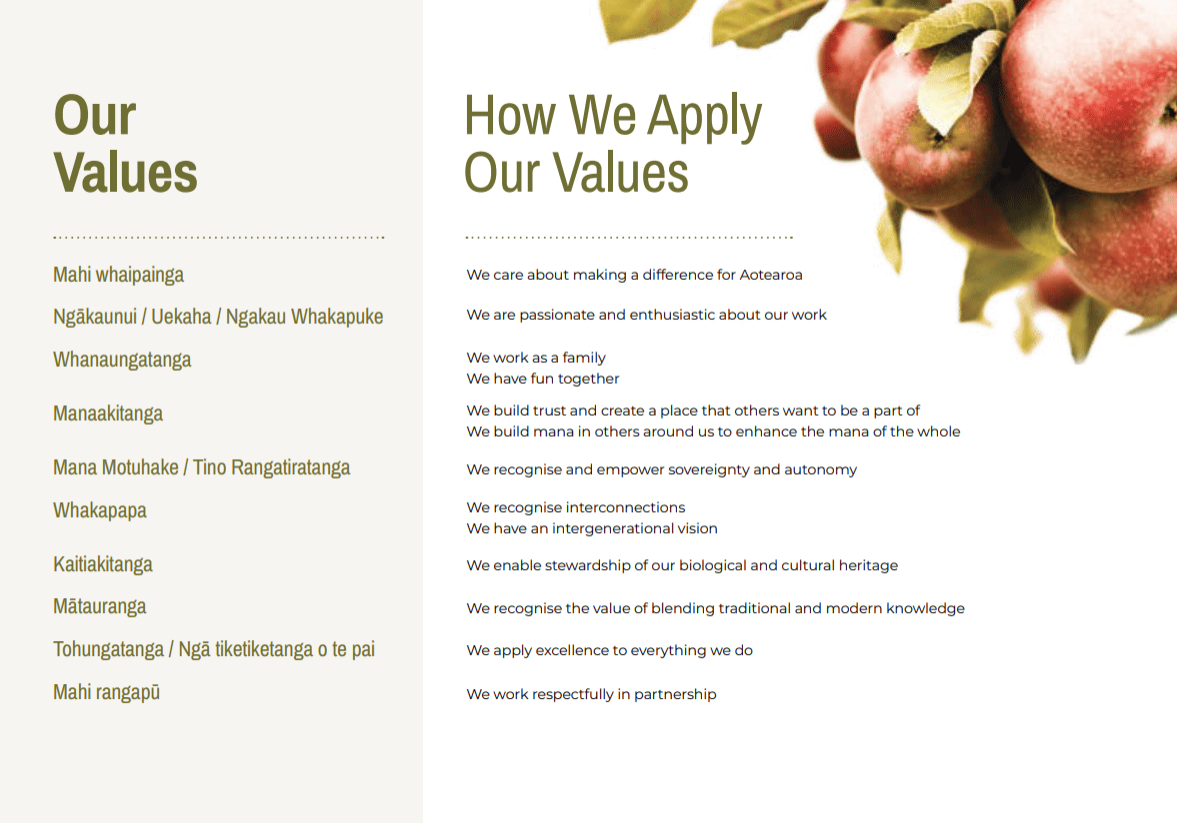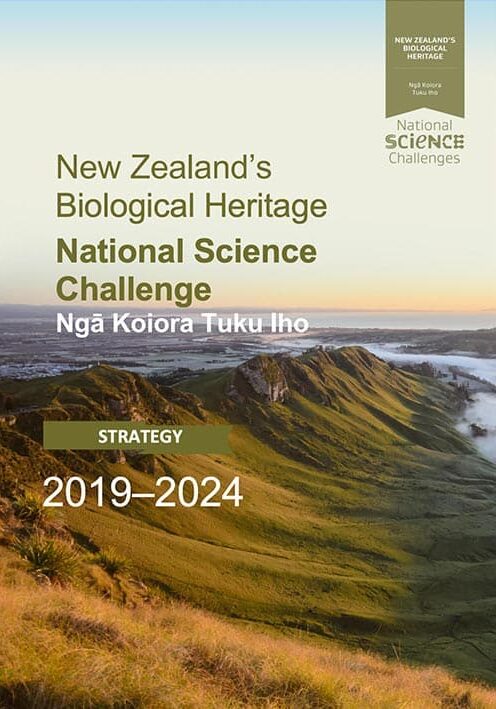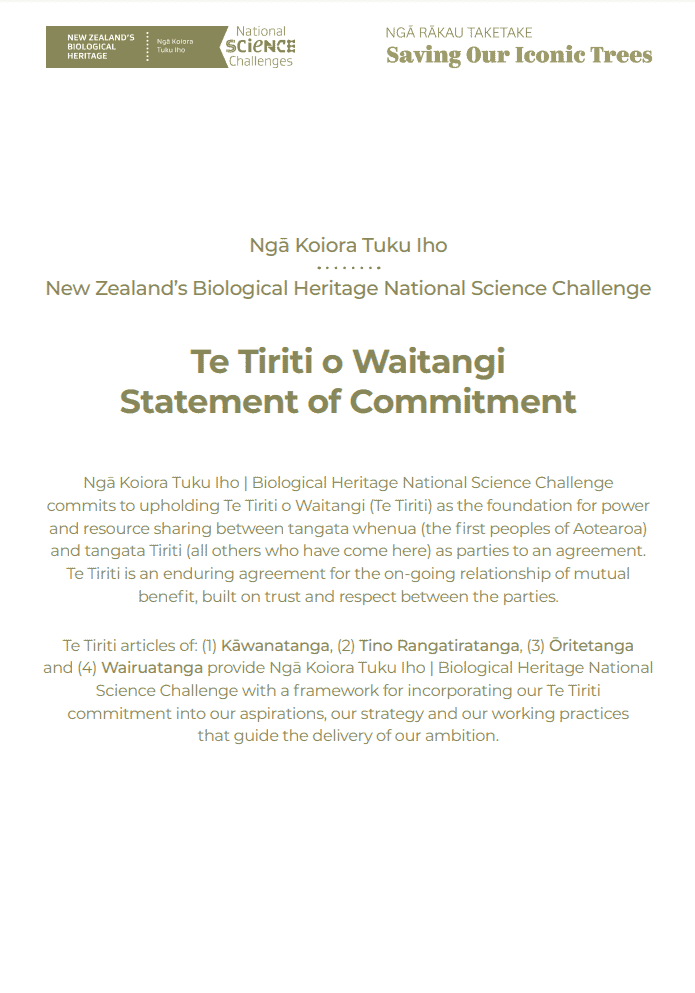Our Way of Working

Our Mission
Reverse the decline of New Zealand's biological heritage, through a national partnership to deliver a step change in research innovation, globally leading technologies and community and sector action.
Our Values
We made a commitment to embrace and embed our values in every facet of the BioHeritage Challenge.

A Different Way of Doing Science
The traditional science funding model, which takes the form of applying for competitive grants, is known to create research silos. Under these conditions, researchers and knowledge holders protect their ideas instead of sharing them, which leads to poor communication and duplication of work. Silo behaviour wastes time, effort and funding.
At BioHeritage we used a collective approach – building on the strengths of many people and organisations – to creating long-term impact and benefit for Aotearoa, across natural and production landscapes.
Our strategy used our investments to change the competitive nature of science funding to a more collaborative approach, and foster broad connections across organisations, communities and stakeholders to effectively and holistically protect our biological heritage.
We wanted to reduce competition and connect people so they could work together.
Funding by negotiation:
Based on expressions of interest, we conducted extensive research and select high impact, previously underfunded investments.
Impact-oriented:
To protect and manage Aotearoa New Zealand’s biological heritage, we prioritised impact, not just how many papers can be published from the results.
Encourage collaboration:
We focussed on making broad connections, not reinforcing silos in the sciences. We required collaboration in all our investments and prioritised transdisciplinary research.
Partnerships with Māori; supporting communities:
Our processes were designed to support partnership with tangata whenua and communities to ensure that the hierarchy often present in the sciences was dissolved.
We aimed to effectively bridge knowledge gaps and build connections across research teams, organisations and communities to better protect our biological heritage. We also hoped this approach would drive transformational change within the sciences across Aotearoa New Zealand.
The Scoping Process
Throughout 2019 we embarked on a scoping process that figured out where to target research for impact for the next five years, in both National Science Challenge and Ngā Rākau Taketake investments.
This process brought together people from all walks of life who had in common a drive to collaborate and to see real change for our biological heritage. Ten teams focused on nine areas – identifying what would deliver the most on-the-ground impact, what had previously been underfunded, and what sectors just needed more cohesion to start tracking in the right direction.
Their recommendations were distilled into the BioHeritage investments you see today.
If you would like to read the full scoping reports, please click on the links below:
Our Impact
We aimed to do this by investing throughout what we call the ‘innovation system’. This includes discovery, invention, innovation, translation, adoption and scale out. Without one of these six steps, impact doesn’t get to the people on the ground – where it’s needed the most.
A visual representation of Aotearoa New Zealand’s innovation system.
We aimed to create lasting impact in three areas:

BioHeritage strategy for 2019-2024
View our full version or summary version.

BioHeritage Te Tiriti o Waitangi Statement of Commitment
Our Investment Priorities
From the recommendations of our scoping groups, we invested in 14 main areas from 2019-2024. Many of these teams have overlapping mahi (work) and worked closely together across the board.
National Science Challenge: